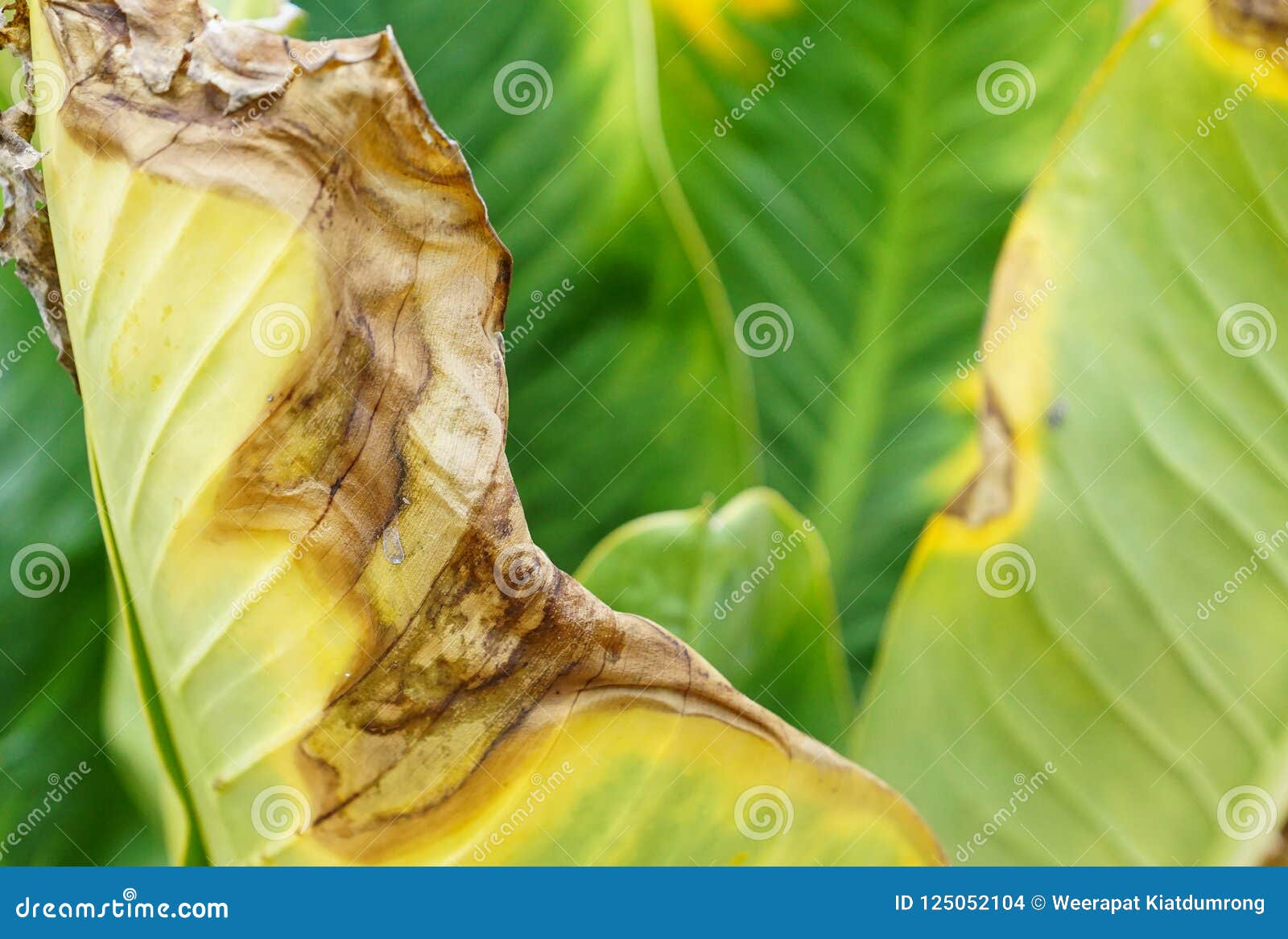

Pulses are versatile in all kinds of recipes. Also known as “pulses” these crops are nutritional powerhouses packed with protein, fiber, and other essential nutrients. The USA Dry Pea & Lentil Council and the American Pulse Association represent the dry pea, lentil, dry bean, and chickpea industry in the United States. Planting Chickpeas and Field Peas Early - Implications for Disease Management Michael Wunsch, Plant Pathologist for the Carrington Research Extension Center (CREC) of North Dakota State University provided a great video on Ascochyta Blight in Chickpea (EMBEDED BELOW), and you can read his primer on Ascochyta Blight on the NPGA website: Consequently, it is prudent to consider weather forecasts in making decisions of spraying fungicides.ĭr. Cool and moist weather favors the disease, but dry and hot conditions can suppress the disease. Ascochyta blight development is dependent on the weather. It is important to alternate fungicides of different classes, from year to year or within a growing season when more than one application is required, to prevent the development of fungicide resistance in the pathogen population. Contact your local agri-chemical companies for availability. There are several effective fungicides available for managing Ascochyta blight.

The optimal conditions for the disease are rainy or moist weather with temperatures ranging from 16 to 25 C.ĭuring a growing season, the only available management practice is fungicide application. The conidia ooze out during moist weather and are spread by rain splash for a short distance and can initiate and repeat the disease cycle. The pathogen also produces conidia in pycnidia on infected plants throughout the growing season under moist weather conditions. The ascospores are dispersed by the wind for miles away and land on chickpea plants to initiate infection. The pathogen produces ascospores on the previous year’s chickpea debris during the winter months. Planting resistant or tolerant cultivars, field rotation, and proper seed treatments are important pre-planting control measures. Small brown circles of dying plants showing the disease is spreading.Īscochyta rabiei survives the winter season on infected chickpea straw or on infected seeds. When the disease starts to spread, small brown circles of dying plants could be seen from distance (Fig. This is a characteristic symptom diagnostic of Ascochyta blight. Pycnidia arranged in concentric rings on a leaf (top) and a half oval-shaped ring on a stem (bottom) of chickpea, diagnostic of Ascochyta blight. Pycnidia are arranged in concentric rings on leaves and pods and in an oval shape on stems (Fig. The lesions enlarge and the pathogen multiplies by producing a black dot-like structure called pycnidia in seven to 10 days. Water-soaking margins of initial necrotic lesions on leaves of chickpea. Early signs of the disease include necrotic lesions with water-soaking margins (Fig. The disease symptoms occur on all above-ground parts of chickpea plants. We should be on the lookout for the disease this growing season. In the past couple of years we have seen inoculum built up. Despite important research progress on this disease, Ascochyta blight is still a persistent major disease of chickpea in the US and elsewhere. Finished Product Processor/Food Manufacturerĭiagnosis and Management of Ascochyta Blight of Chickpeaīy Weidong Chen (center of image), Research Plant Pathologist USDA-ARS, Washington State University, Pullman, WA 99164Īscochyta blight caused by the fungal pathogen Ascochyta rabiei is an important disease of chickpea.


 0 kommentar(er)
0 kommentar(er)
